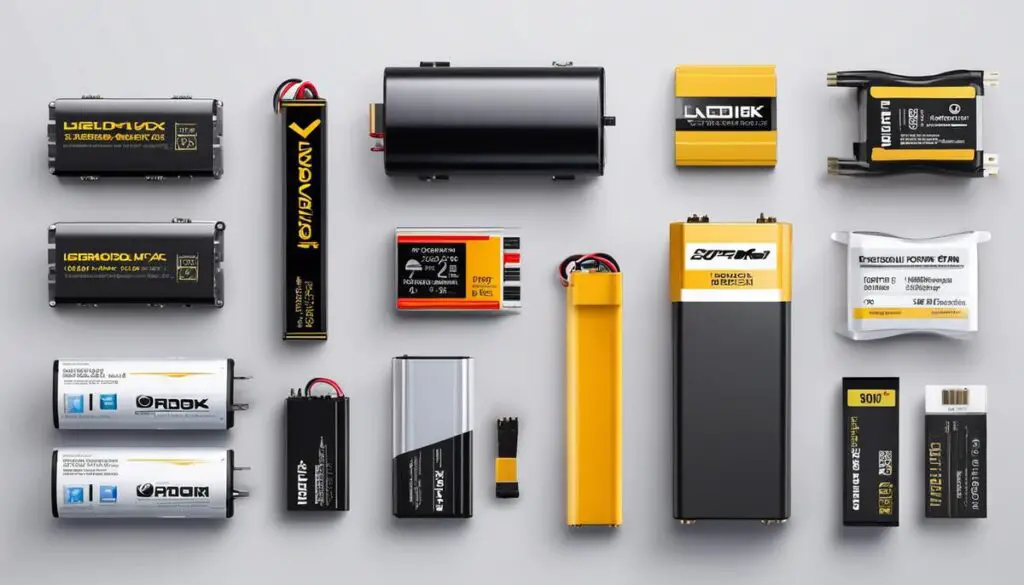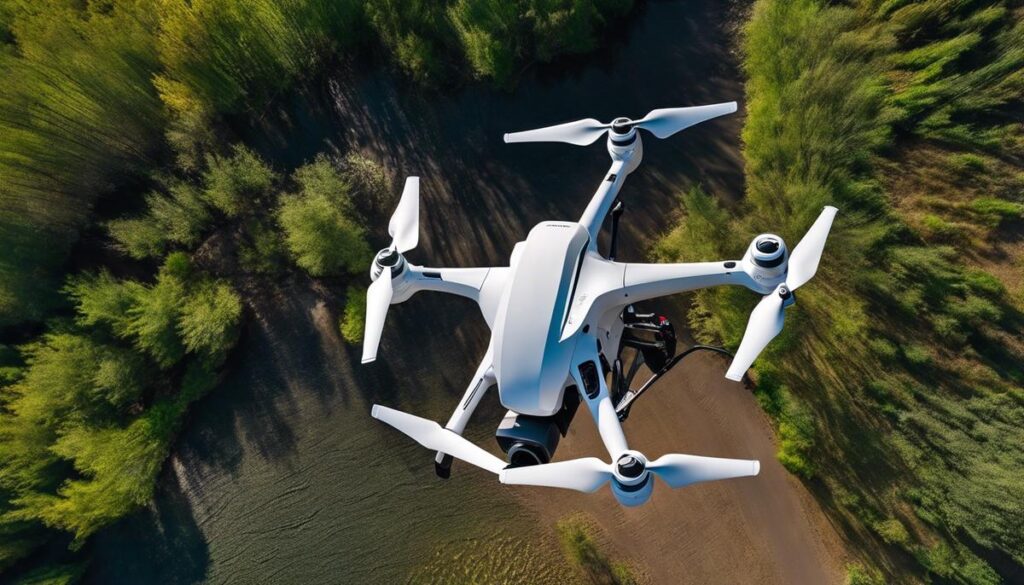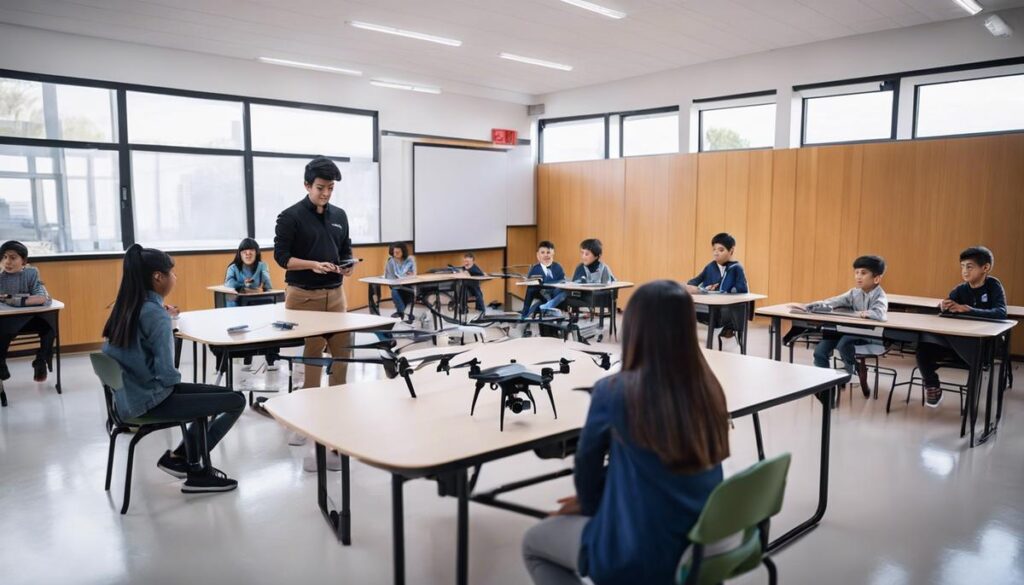Hovering elegantly in the air, swiftly maneuvering through tight spaces, and capturing breathtaking aerial views, drones have truly revolutionized the way we explore the world. However, to become skilled in drone flying, understanding the mechanisms that keep these amazing devices in flight is crucial. One of the most vital aspects to comprehend is the role and nature of drone batteries. This discourse aims to provide an in-depth perspective on different types of drone batteries, their characteristics, and their critical function in drone operation. Moreover, we will delve into safe handling, charging, and storage practices to ensure a longer battery lifespan. Lastly, we will share insights on how to maximize your drone’s flight time, through efficient drone use and strategic setting adjustments.
Understanding Drone Batteries
Unmasking the Power: A Glimpse into Different Types of Drone Batteries and Their Functionality
In the era of perpetually robust technological developments, drones have revolutionized numerous sectors, from photography and entertainment to agriculture and transportation. Crucial to every drone is a component that is relatively unglamorous yet quintessential—the drone battery. Just like the heart fuels organic bodies, a battery endows a drone with life and functionality.
There are a plethora of drone batteries in the market, each exhibiting unique characteristics and functioning modes. Deep diving into these will not only enhance your understanding but significantly influence your drone performance and experience.
1. Lithium Polymer (LiPo) Batteries
Arguably, the most popular kind among drone enthusiasts is the Lithium Polymer, or LiPo, batteries. They are renowned for their high energy density, flexible size, and lightweight nature. Their functioning revolves around the movement of lithium ions from the positive electrode to the negative one during discharge and vice versa when charging, thus providing drones with powerful, sustained energy.
However, they require mindful handling. Overcharging or discharging LiPo batteries can cause excessive heat and potentially lead to combustion. For this reason, LiPo batteries often come with a built-in circuit to prevent aforementioned extremes.
2. Lithium-Ion (Li-ion) Batteries
Li-ion batteries are a common alternative to LiPos, featuring a safer chemistry and a longer lifespan. Like the LiPo, they too work by shuttling lithium ions between the electrodes, but with a reduced risk of overheating, making them a safe choice for beginner drone users.
Li-ion batteries do have one notable drawback–they have lower energy density compared to LiPos, which translates into less flight time.
3. Nickel-Metal Hydride (NiMH) Batteries
A choice harking back to the earlier days of drones, Nickel-Metal Hydride (NiMH) batteries rely on hydrogen ions – moving from a metal hydride anode to a nickel oxyhydroxide cathode – to generate power. NiMH batteries are more robust and less susceptible to damage than their Lithium counterparts, an attribute that gives them an edge when it comes to durability.
However, given that NiMH batteries are heavier and offer significantly lower energy density, they aren’t generally preferred for drones needing extended flight times.
4. Lithium Iron Phosphate (LiFePO4)
Hailed as the safest lithium-based battery, Lithium Iron Phosphate (LiFePO4) uses iron phosphate as a cathode base, providing superior thermal and chemical stability. This makes them less prone to combustion under stress or when damaged. The LiFePO4 function much like their LiPo and Li-ion counterparts, just with a marginally lower power output.
Each battery type represents a different facet of drone functionality and operation, involving a careful balance between power, safety, lifespan, and weight. Understand these unique traits to make an informed purchase, perfectly harmonizing your drone requirement and the benefits each battery type provides. After all, the essence of technology is the flawless homogenization of end-user requirements and the tech’s functional prowess.

Battery Safety and Care
Maximizing Drone Battery Life: A Comprehensive Guide
Safety and longevity of drone batteries are two interconnected facets that all drone operators, from hobbyists to professionals, need to comprehend to get the most out of their flying adventures. Having switched gears from the standard battery types, here are some actionable strategies to maintain their safety and extend their lifespan.
-
Proper Charging and Discharging:
Always adhere to your battery’s manufacturer-recommended charging and discharging procedures. Overcharging or discharging a drone battery beyond its limits can lead to diminished capacity over time, bloating, and in worst cases, fire. A quality battery charger that auto-stops when the battery is fully charged and equipment with low-voltage cut-off functionality (to prevent over-discharge) are smart investments.
-
Mindful Storage:
Storing your batteries in a place with moderate temperature, typically between 20?-25?, away from sunlight and combustible materials, significantly reduces risks and maintains battery efficacy. It’s also advisable to store the batteries at around 60%-80% charge, as storing fully charged or drained batteries can damage them in the long haul.
-
Battery Health Monitoring:
Regular inspections for any visible issues like leakage, bloating or discoloration are critical. It’s also good practice to use a voltmeter to monitor voltage – this can alert you to any abnormalities early on. Some modern drones feature integrated systems for battery health monitoring, which are highly beneficial.
-
Active Cooling:
One of the biggest enemies of drone batteries is heat. Whenever operating your drone in hot conditions or engaging in continuous flight sessions, make sure you actively cool down your batteries between flights. Allow them to return to room temperature before charging. Good heat management considerably extends battery life.
-
Balanced Discharge Cycles:
It’s a common misconception that draining a battery completely before charging helps in boosting longevity. While true for older battery technologies, it’s not applicable to newer batteries used in drones. Aim for a balanced discharge cycle by not letting your battery drop below 20-30% and avoid excessive recharging.
-
Practice Regular Use:
Batteries degrade over time, regardless of usage. Regular use keeps them at their optimum health. Even if you don’t plan on flying your drone, cycling your batteries (drain and recharge) can help maintain their health over a long period.
-
Timely Replacement:
Despite all precautions and care, batteries will eventually reach their end of life. Insist on replacing batteries at the manufacturer recommended discharge cycle or when you notice a substantial drop in performance.
By employing these best practices, drone enthusiasts can ensure safer operations, while squeezing the maximum lifespan out of their batteries. As with all tech, the key lies in the balance of proactive care, regular maintenance, and responsible use.
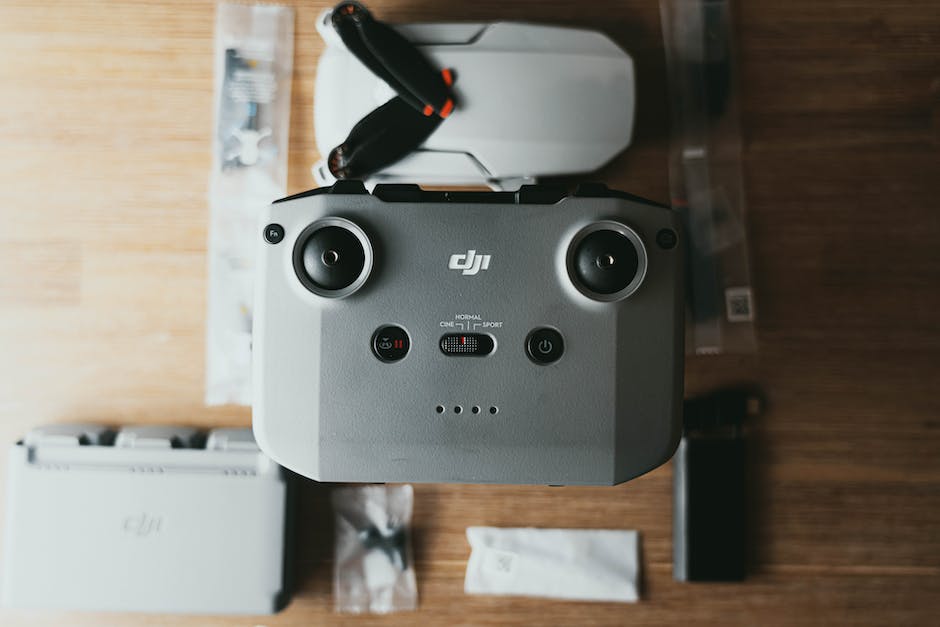
Maximizing Flight Time
Optimizing your drone’s battery life for longer flight times involves a range of strategies beyond proper choice and care of battery types and protocols, which previously covered Lithium Polymer (LiPo), Lithium-Ion (Li-ion), Nickel-Metal Hydride (NiMH), and Lithium Iron Phosphate (LiFePO4) batteries, as well as crucial factors such as charging, discharging, storage, monitoring and inspection, active cooling, balanced discharge cycles, regular usage, and replacement timings. Continuing from there, additional technical measures can help squeeze every bit of juice out of your drone battery, propelling it to reach new heights and distances.
1. Drone Weight Optimization
Drone weight directly affects battery usage—the less weight a drone carries, the less battery power it consumes. Assess your drone’s structure and payload. Trim off any unnecessary weight. If your drone carries a camera or other equipment, opt for lighter models if possible. Every gram counts when it comes to flight time.
2. Efficient Propellers
Using high-efficiency propellers can extend flight times. They generate more lift for the given power, reducing the strain on the battery. Research and experiment with various propellers to find the best match for your drone.
3. Flying Style
Aggressive flight maneuvers burn through battery life at a much faster rate. Instead, consider flying your drone in a slow, smooth way, avoiding rapid acceleration and high-speed movements. Conserving momentum and maintaining consistent speed decreases the drain on the battery.
4. Update Firmware
Manufacturers frequently release firmware updates that optimize power usage and improve efficiency. Always ensure your drone software is up-to-date.
5. Use GPS Mode
GPS Mode enables a drone to hover and fly more efficiently. While using this mode, the drone requires less power to maintain position, freeing up battery resources for extended flight time.
6. Reduce Video Quality
Reducing the quality of the video feed from your drone can help save battery life. Lower quality video requires less processing power, thus conserving battery.
7. Ideal Conditions
Wind and cold conditions drastically reduce flight times. Wind forces the drone to work harder to maintain position and altitude, while cold weather affects battery performance negatively. Always aim to fly in calm and warm conditions.
In conclusion, improving drone battery life isn’t about making one massive change, but rather making several small optimizations that collectively result in extended flight times. Keep pushing the boundaries, because drones are only as good as their operators. The sky is not the limit; it’s just the beginning.
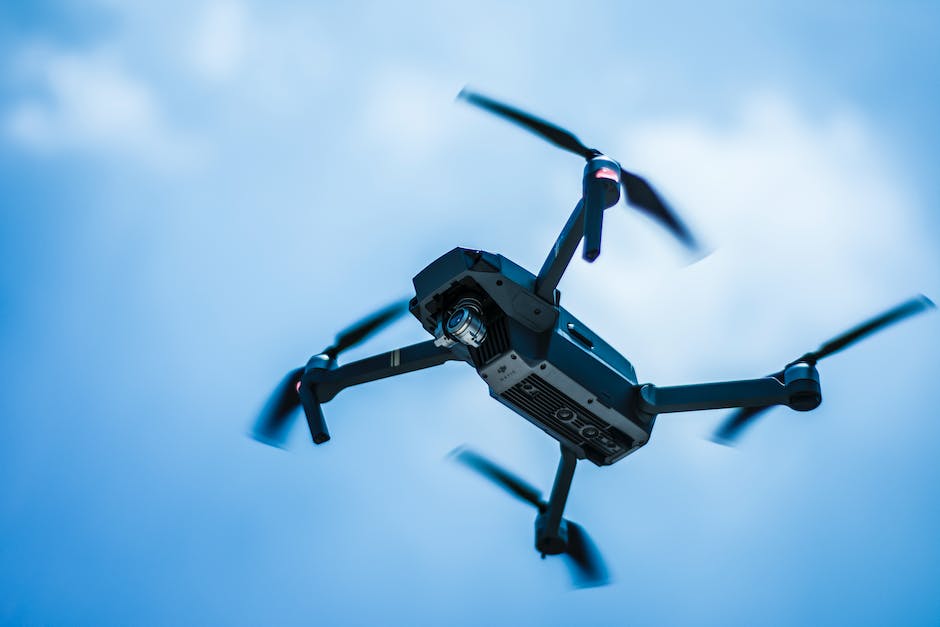
With a comprehensive insight into drone batteries, safe handling strategies and effective techniques to maximize drone flight time, you can embark on an exhilarating journey towards mastering the artful skill of drone flying. Battery understanding and care goes a long way towards a safer, longer-lasting, and more efficient drone operation. Coupled with the knowledge of flight cycles and other settings, it opens the door to unlocking unprecedented capabilities of your drone. Remember, each flight is not just about how high or far your drone can go, but about the stories you can narrate and the views you can capture while maintaining responsible usage and care. Happy flying!
Originally posted 2023-12-29 03:06:23.

